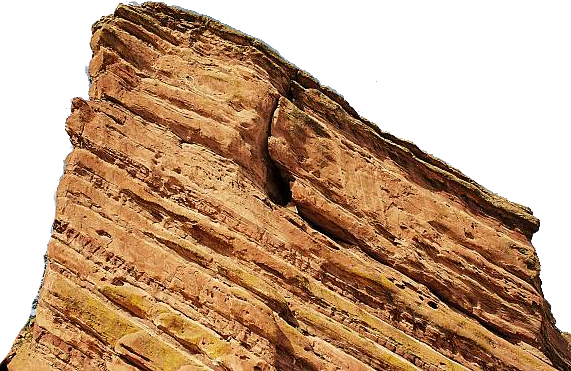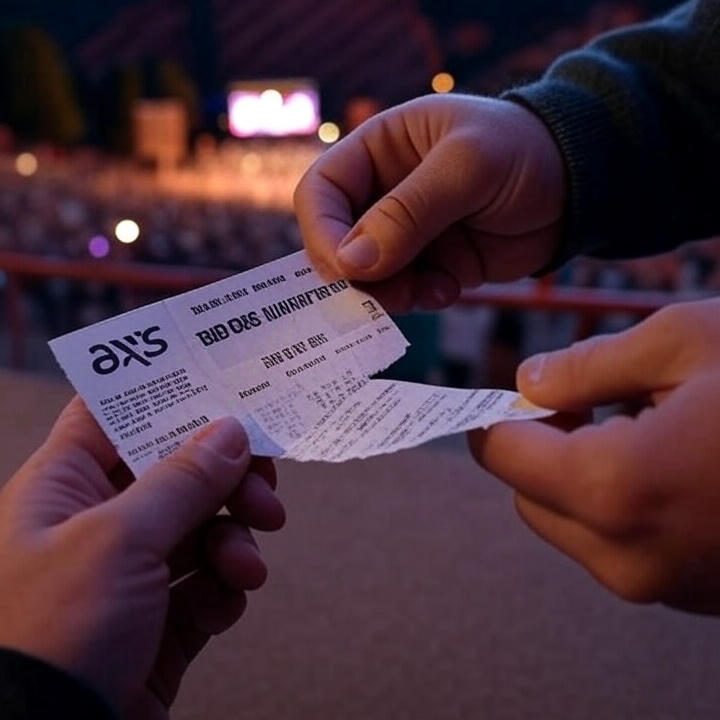Country Songwriter Hardy – The Mockingbird & The Crow
11th November 2024Seven Lions – DJ and Producer
13th November 2024The ShowShape function takes point cloud data from a workspace and displays it as a rotated point cloud and cuboid, as well as setting limits to prevent rotation from clipping the cuboid.
Use the Shape Tweening feature to animate non-uniform solid or fancy strokes into another shape, for instance by animating their start and end points using width profiles.
Shapes
ShowShape uses shape information to display live shapes. Additionally, you can set dimensions, or measurements, of live shapes in the Size & Position window – such as width and height measurements.
Shape properties include corner type (round, inverted round or chamfer) and radius for polygons; line length and angle for lines; pie start/end angles for ellipses. You can customize these values live by dragging the relevant widget.
To use Shape Hints for shape tweening, select the first keyframe in the sequence that needs tweening and add one (it appears as a red circle with an “A”) on it. Move or drag this mark across both starting and ending shapes that you want Animate to interpolate into one shape during playback – further adding shape hints does not affect their order either!
Labels
Displays whether or not a label at the top of each main part shape, which enables users to quickly verify whether each shape meets their application needs quickly and easily. This feature is particularly helpful in large framing plans with numerous members that are hard to keep track of or when they are stacked vertically on one another making verification more challenging.
Creates a list of labels to apply to shapes. This may be either a single value, an M-element vector, or cell array of M-element text vectors; such a list could contain text, symbols such as callouts and leader lines, or RGB colors that can be used as fill colors.
Provides the renderer for labels, as necessary. This could be Link Renderer Settings or Image from URL for text labels and Structure Renderer in TIBCO Spotfire Lead Discovery for molecular structures.
Animations
The Animate operation allows you to animate shapes by changing their properties. For instance, you could move one from its original position in the graphics window to another location within it, set its opacity level or zoom it. To witness these animations in action, run your program either using Run on the toolbar or F5 on a keyboard.
Shapes objects allow you to take advantage of conditions and loops for creating animations and effects on screen. For instance, you could create a shape and line object, then use a For loop to draw multiple rectangles of various colors overlaid on top of each line using animation. Finally, these rectangles could be animated so they rotate or move across your display screen.
To select an area on a shape to animate, first select its keyframe from within its layer and move your playhead between these keyframes until one of these frames becomes selected as keyframe number two and three – observe how your shape moves between those points!
Layouts
The Layout and Contents pane offers tools that enable you to alter how elements are drawn and placed on screen. You can add map frames, extent indicators, grids, north arrows, scale bars, legends, chart frames, picture shapes, dynamic text as well as map frames that respond dynamically when data or map extent changes while others remain static.
The xanchor and yanchor attributes allow you to set positional anchors for text labels on a shape. They specify horizontal anchor points while yanchor specifies vertical ones.
The preserveaspectratio attribute allows you to set an element’s width and height proportional relationships. This makes it easier for creating shapes that maintain their aspect ratio when they are resized.




